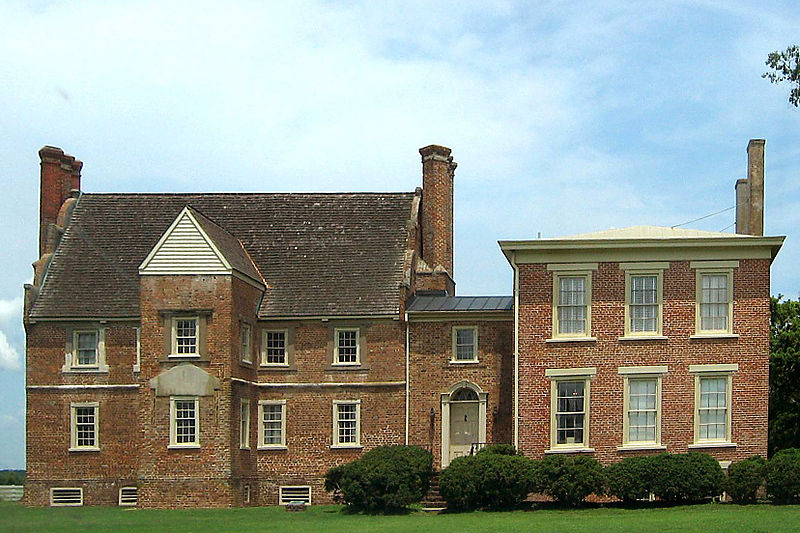Small pockets of resistance and uprisings were very common in the colonies, out of discontent with the authorities. In American history, the relatively well-known Bacon’s Rebellion isn’t so different compared to other uprisings, but what makes it notable is that it was a union meant to divide and segregate one race from another.
Engaging an Enemy
This quite complicated story started in Virginia in 1674, when a group of farming settlers demanded that natives roaming around the settlement be sent away or killed. They claimed that the natives disturbed the peace and productivity of their farming lands. Due to this, small conflicts occurred between the two parties.
It escalated when Doeg Indians stole pigs from Thomas Mathews, who failed to pay them for traded goods. The settlers then responded to this by killing several of the Doeg, who in turn killed Robert Hen, Mathews’ herdsman.
Militia captains took action and killed a group of Indians; however, instead of the Doeg, they killed some from the peaceful tribe of Susquehannock. Of course, the Susquehannocks took revenge, and long series of attacks were conducted both by settlers and Susquehannocks. The conflict reached its peak when John Washington brought troops from Maryland to Virginia and killed the Susquehannock’s chiefs and tribesmen.
Preventing more Deaths
To avoid further conflicts, William Berkeley, the governor of Virginia, passed a law that allowed the natives to stay in the colonial lands. This enraged a planter named Nathaniel Bacon, who gathered some settlers and planned against Berkeley.
Bacon started his scheme by asking the Orianecchi Indian tribe to attack the Susquehannock, and he proceeded afterwards to kill whomever remained after the attack. On the other hand, Berkeley asked the help of the House of Burgesses to enact various reforms, which include granting settlers the freedom to decide on what to do with their land.
Bacon, on the other hand, led some men to Berkeley and the House of Burgesses, claiming that he should receive commission. After threatening to kill the Burgesses, he was able to get what he wanted; however, while away, eight colonists in Henrico Country were killed.
The Rebellion Short-Lived
Further enraged, Bacon and his fellow colonists issued a “Declaration of the People of Virginia,” which became the public document that made their rebellion “official.” They accused Berkeley of irresponsibility and the failure to perform his duty as the governor of Virginia.
They started by attacking the native tribe of Pamunkey, who were allies of the British. Afterwards, they stormed Jamestown and burned the land, all in September of 1676. Berkeley was forced to retreat and refuse fighting against this rebellion.
Everything could have gone well, but Bacon died due to dysentery. John Ingram took over, but he was not able to keep the rebel forces intact. This became a chance for Berkeley to defeat them at Chesapeake Bay, eventually reclaiming his position when he returned to the burnt remains of Jamestown.
Bacon’s rebellion caused a stir among the British, who allowed Berkeley to stay on as a governor. Under his rule, he took the rebels’ property and had 23 men hanged. However, after a thorough investigation, he was sent back to England and was replaced.
Despite being insignificant, one important finding in this rebellion was the possibility that a group of people could unite under a single cause and overthrow small regimes, something that the British became wary of. However, while this was true, it did not show a hint of nationalism, since the rebellion created lines of racism which later on affected other small rebellions across the colonies. In the end, this rebellion brought more harm than good to the people of the New World.
